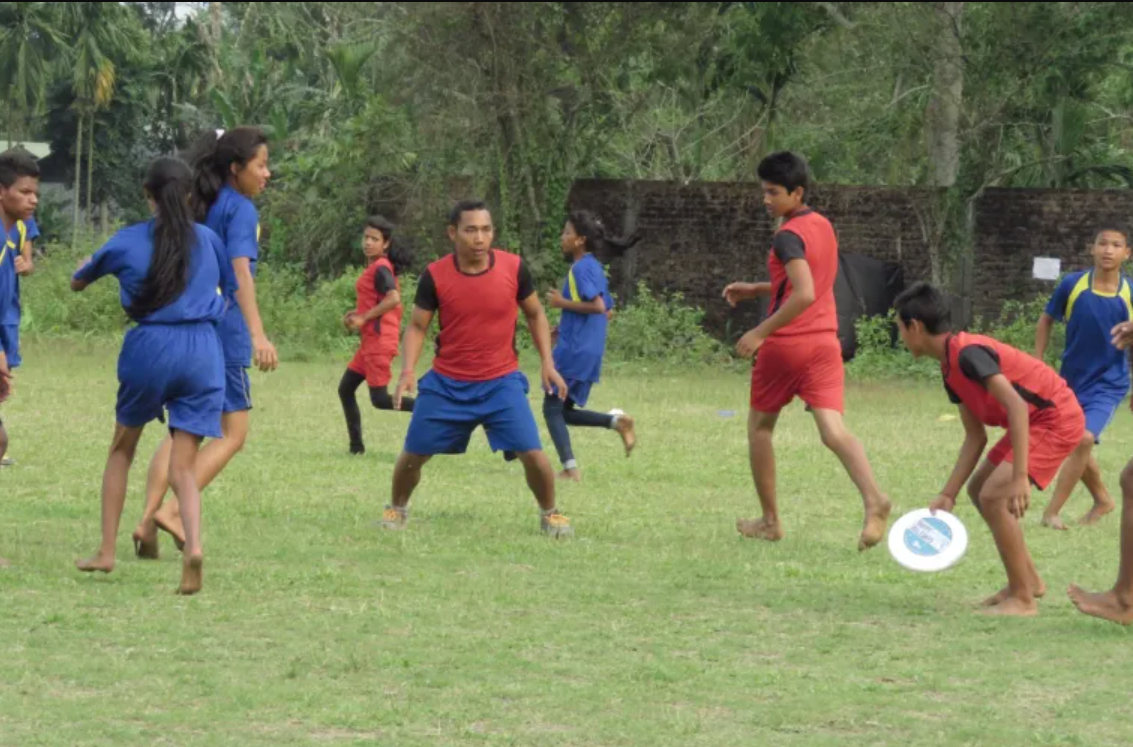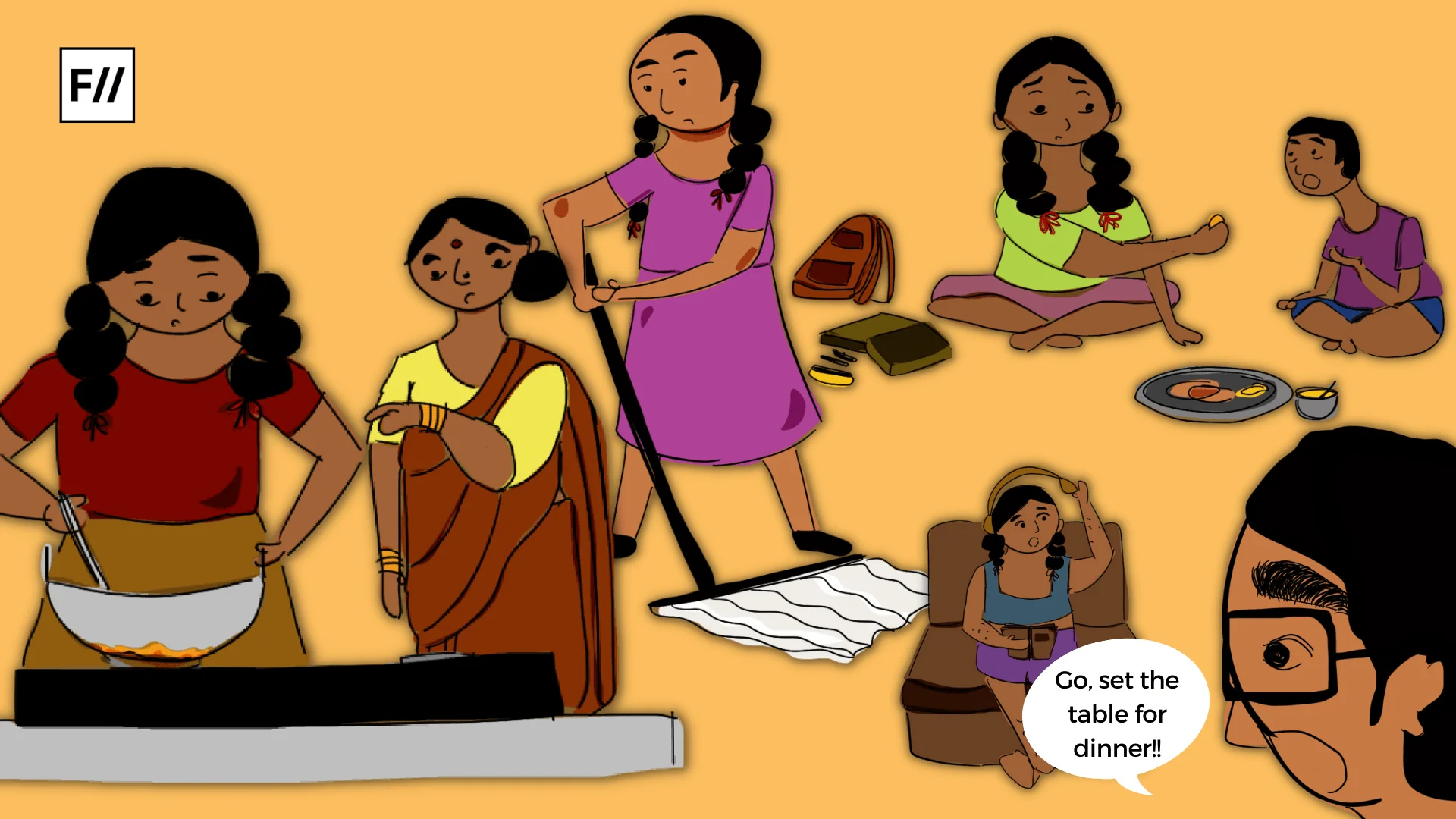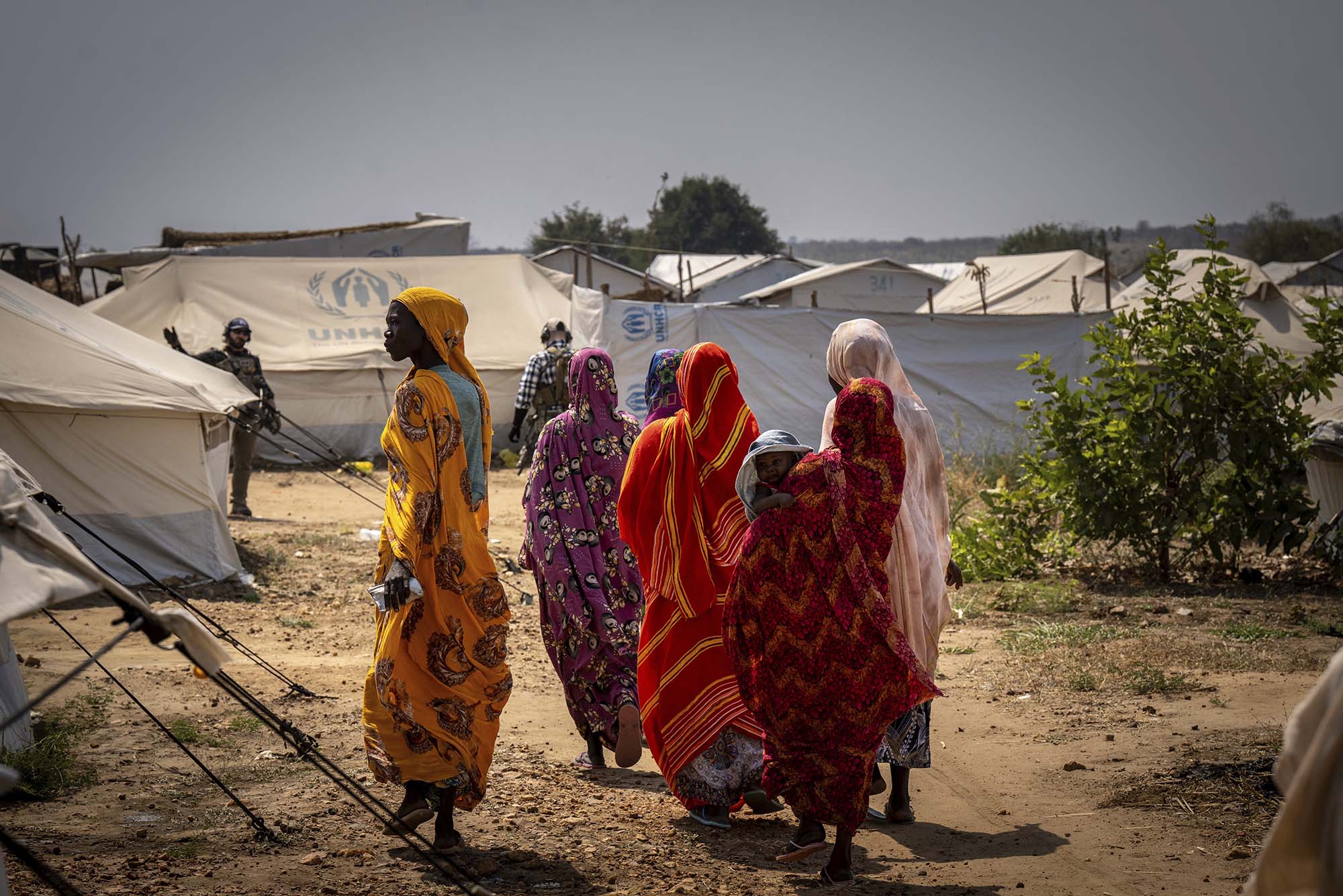Women were once considered incapable of playing sports because of their ‘weak,’ physicality and gatekept out of participating. Although women’s participation has increased in the past few decades thanks to the creation of a separate section of sports for women, there is a long way to reach equity. A potential, and rather radical solution, is to introduce gender-free sports, cutting the problem of separate treatment right at its roots.
Gendered sports and gendered problems
While in our century, we have moved past keeping women away from the field, the gendered structural imbalance that has existed in organised sports continues to still place men on a higher standing compared to women. Historically, this field has been disproportionately male-dominated and remains so even today, whether it be in terms of representation, participation, or even just viewership. All the most viewed global sporting events are of men’s sports– World Cup of Soccer, Tour de France, and Cricket World Cup [with the Women’s (football) World Cup ranking a surprising 4th on the list].

According to a worldwide survey conducted in 2021, almost 50 per cent of Indians said they consume more men’s sports than women’s sports, with that number going up to 78 per cent in countries like the UK. The culture around sports itself is so masculine that it’s easy for it to undoubtedly continue to exist as such.
Funding for girls’ sports is low due to its unpopularity. The early discrimination experienced while participating in sports coupled with problems like sexism, safety issues, and pay & value disparity faced by female sportspersons works towards maintaining the longstanding gender imbalance in sports.
Representational and optical issues such as the ones mentioned above go all the way down to the grassroots leading to gender disproportionality right at school-level sports, especially in terms of opportunities provided for girls to play sports. A report by the Women’s Sports Foundation stated that “Girls have 1.3 million fewer opportunities to play high school sports than boys have,” and when girls do get the opportunity to play sports at school, the circumstances under which they play are a lot different than those of boys.
Moreover, funding for girls’ sports is low due to its unpopularity. The early discrimination experienced while participating in sports coupled with problems like sexism, safety issues, and pay & value disparity faced by female sportspersons works towards maintaining the longstanding gender imbalance in sports. In a world where boys and girls are not treated equally while kept separate, the only option sounds to be to integrate these separate spaces into one common one.
A new perspective on youth sports
While it may, in our times, be a big ask to expect the larger structure to change, one place to start could be right at the bottom with school sports. While efforts have been made to encourage girls to play sports and compete earnestly, the fact remains that sports for boys hold a higher position, especially in the long run, in the years beyond school.

The truth of the matter is, that for as long as there will be separate girl teams and girl leagues, female sportspeople will be given lesser consideration and will continue to have lesser traction, attention, and coverage. And, while the popular argument is that ‘boys and girls do not stand on an equal footing,’ and thus cannot compete in the same league, one could argue that with equal training from childhood, they do stand a chance to do so.
To curb the problem of imbalance right where it starts, an attempt must be made to desegregate sports along the lines of gender in schools and youth training camps to give them, an equal footing they currently don’t possess. It must also be made sure, over time, that the gender neutrality in sports that exists at the school level is allowed to continue to be pursued at higher levels– although that is much more of a long-term dream. Moreover, the biggest barrier that needs to be crossed to make this happen is mental, and institutionally accepting this as a possibility.
Myths of biology
The primary argument against gender desegregation of sports is the rigid belief of supposed hormonal and physiological differences between sexes, which has been debunked by recent studies. A 2022 paper titled “Is There a Sex Difference in Technical Skills among Youth Soccer Players in Norway?,” for instance, proved that the difference between performance (in soccer specifically) is “more likely to be environmental than biological.”
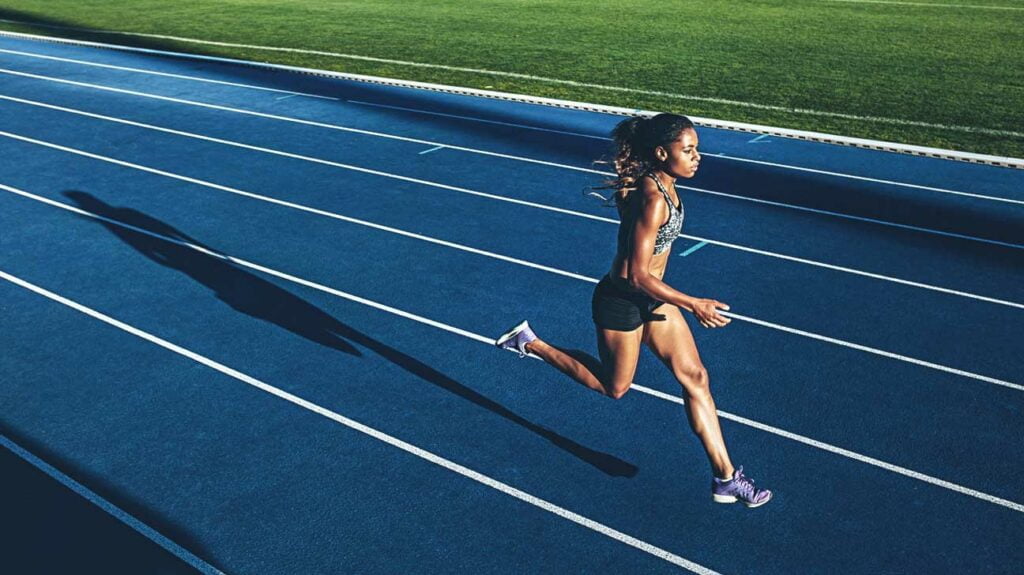
When, traditionally, since men’s sports are put on a pedestal above women’s, right at the school level, the girls are a lot less trained than boys and thus underperform. Especially pre-puberty, there is no tangible physical difference between children of different sexes and thus it makes sense to treat them equally and train them equally. Besides, bringing biology, and hormones specifically, into the conversation participating in sports makes it implausible.
In several settings, especially athletics sex determination (or sex testing) is standard practice which is not only a violation towards the sportspeople’s personhood & privacy but also works to project transphobia. In 2023, a bill called “Save Women’s Sports Act,” was passed in the American state of Ohio, aimed to “protect the integrity of women’s sports,” that has allowed to conduct sex testing on girls aged 5-18 to prevent trans children from participating in so-called girls sports. Such practices in our supposedly progressive world, further the need for the existence of sex as a threshold for participation in sports.
Further, the existence of gendered teams & gendered sports is exclusionary to sportspeople who are non-binary and, worse, forces them to conform to categories they do not identify with. Thus, keeping sex-focused physicality aside, many propose that categorical divisions can be made within sports while encouraging players of all genders to participate.
Roslyn Kerr, a sports sociologist, drawing upon classification systems that exist within paralympic sports, suggests that people be deemed qualified to compete with each other based on functional ability rather than sex or gender. Thus, when looking at potential solutions, claiming female physical inferiority as a reason for ‘separating the sexes,’ becomes a reductive argument.
Attempts of disruption
Thankfully, strides are being made, especially in the past few years, to change things and to make sports for children more equal and inclusive. While some sports continue to have separate representation for girls due to an existing representational imbalance, others are making to effort to consciously desegregate and create a gender-neutral space open to all.
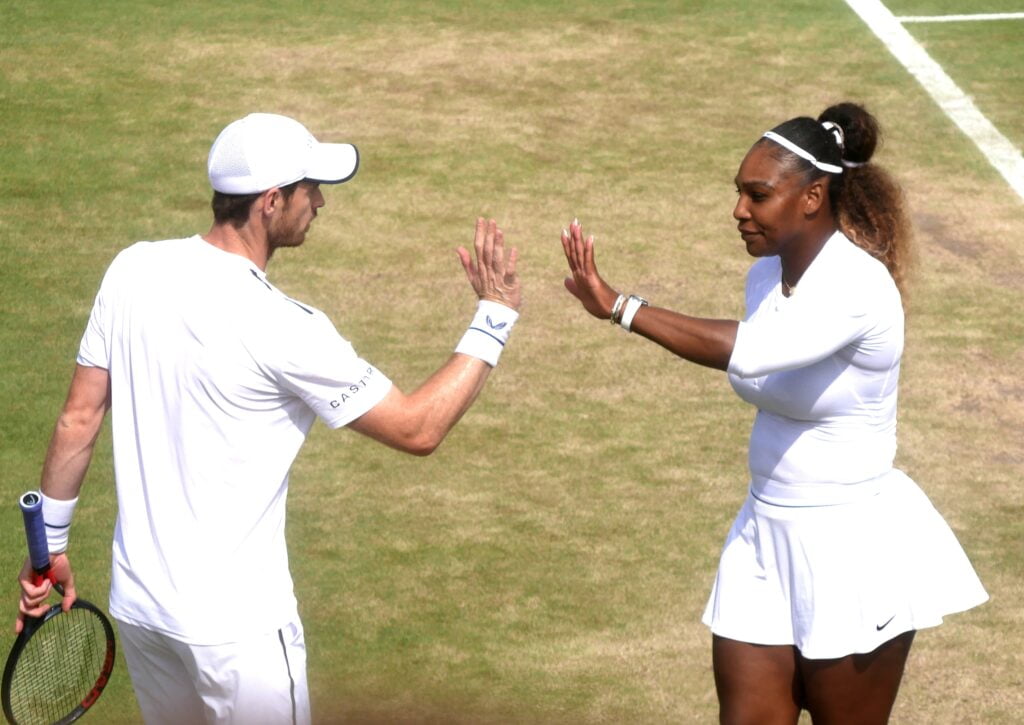
Ultimate frisbee, roller derby, and horse racing are some well-known gender-free sports. The most recent- Tokyo 2020 Olympics hosted a wide variety of mixed-gender competitions like swimming, athletics and triathlon, archery, fencing, judo, and table tennis. Badminton and tennis also have had mixed doubles events for the past thirty years.
More recently, in India, the popularity of ultimate frisbee has been growing. Its universally gender-free nature has made it a sport to be easily championed. The 2nd Bharat Trophy of Ultimate Frisbee was held last year and the sport has gained a lot of traction among the country’s youth. Even football, a traditionally masculine sport, is attempting to be turned gender-neutral. Kolkata’s first mixed-gender football match was held in 2022 between teams representing the Student Federation of India and the Democratic Youth Federation of India.
A gender-neutral football league was organised in Kerala that witnessed large participation and even opened the door for trans players to participate in the sport. While these are small steps, they are significant and hopefully also indicative of larger, more widespread changes to come.
As long as there exist ‘girl and boy sports,’– even with a traditionally masculine sport like football being open to girls in the form of girls’ leagues – what it will keep in place is the continuation of an unlevel playing field, of differential treatment and different level of respect towards players.
While it still feels like a far-off change for there to be larger reform on this front in terms of global sports, what is possible– and where the change should start– is at schools, at training camps for children, and sports organised for children, in the hopes that they grow up prepared for a world different, and better, from the one we live in.
About the author(s)
Spoorthi is a material feminist, academically rooted in cultural studies. She enjoys analyzing films and applying feminist critique to media & media structures.
